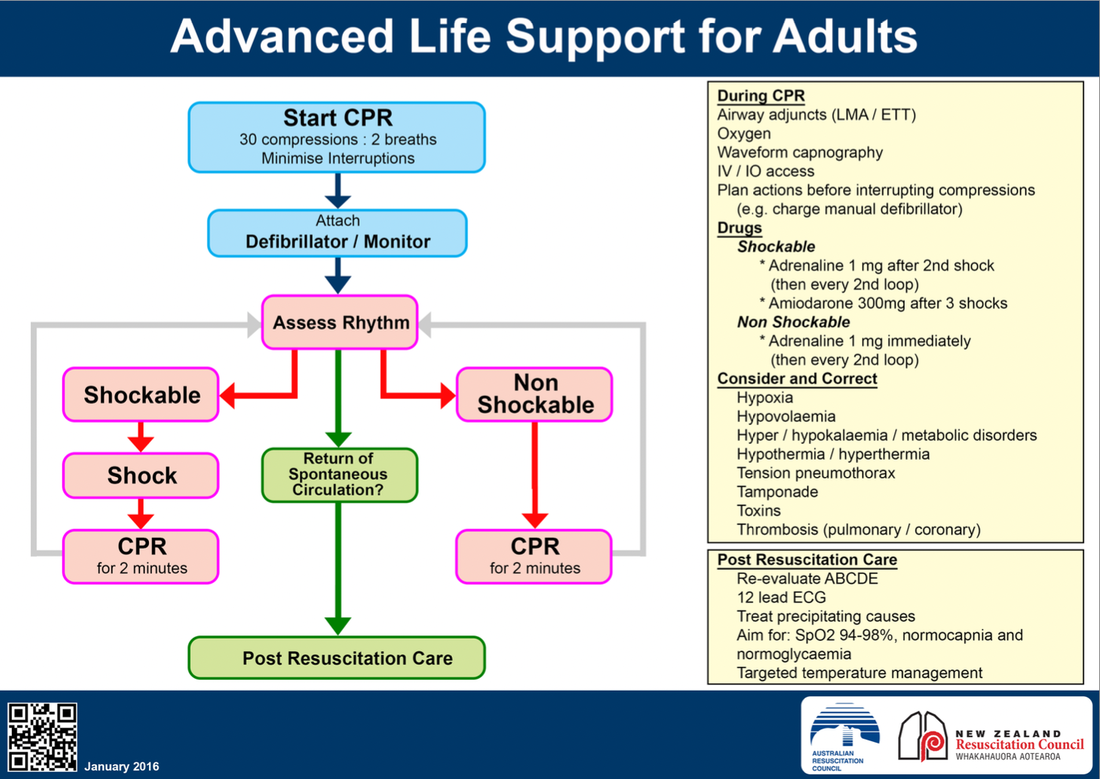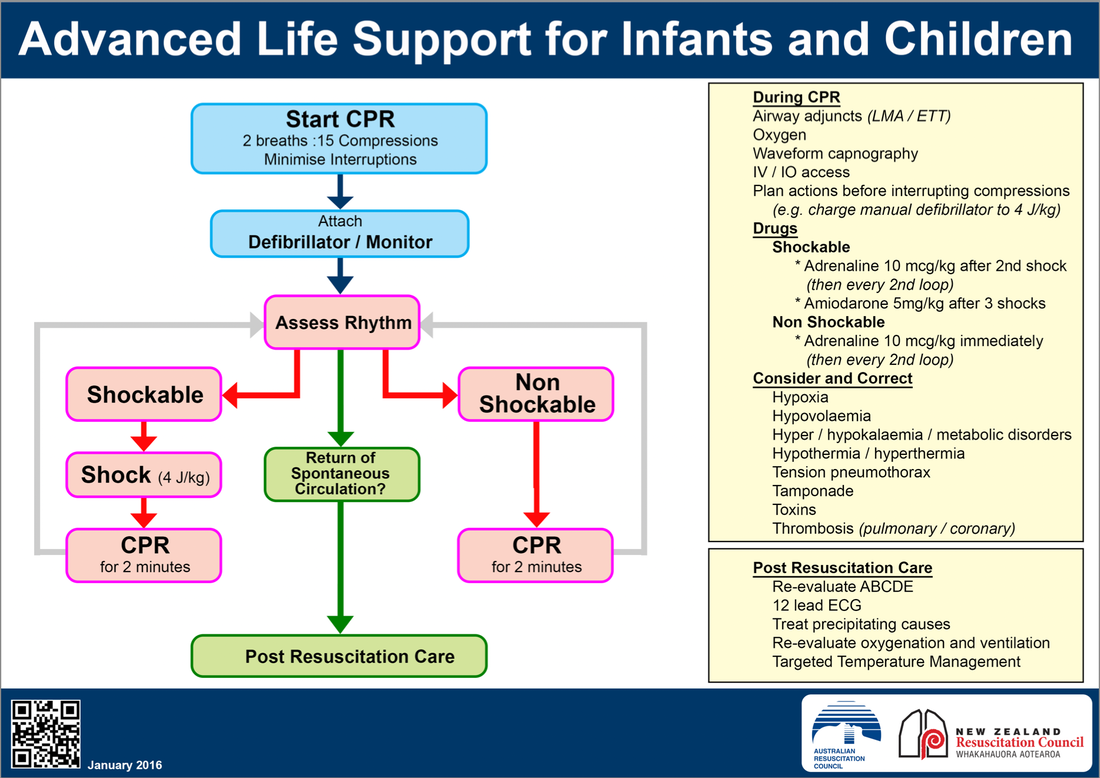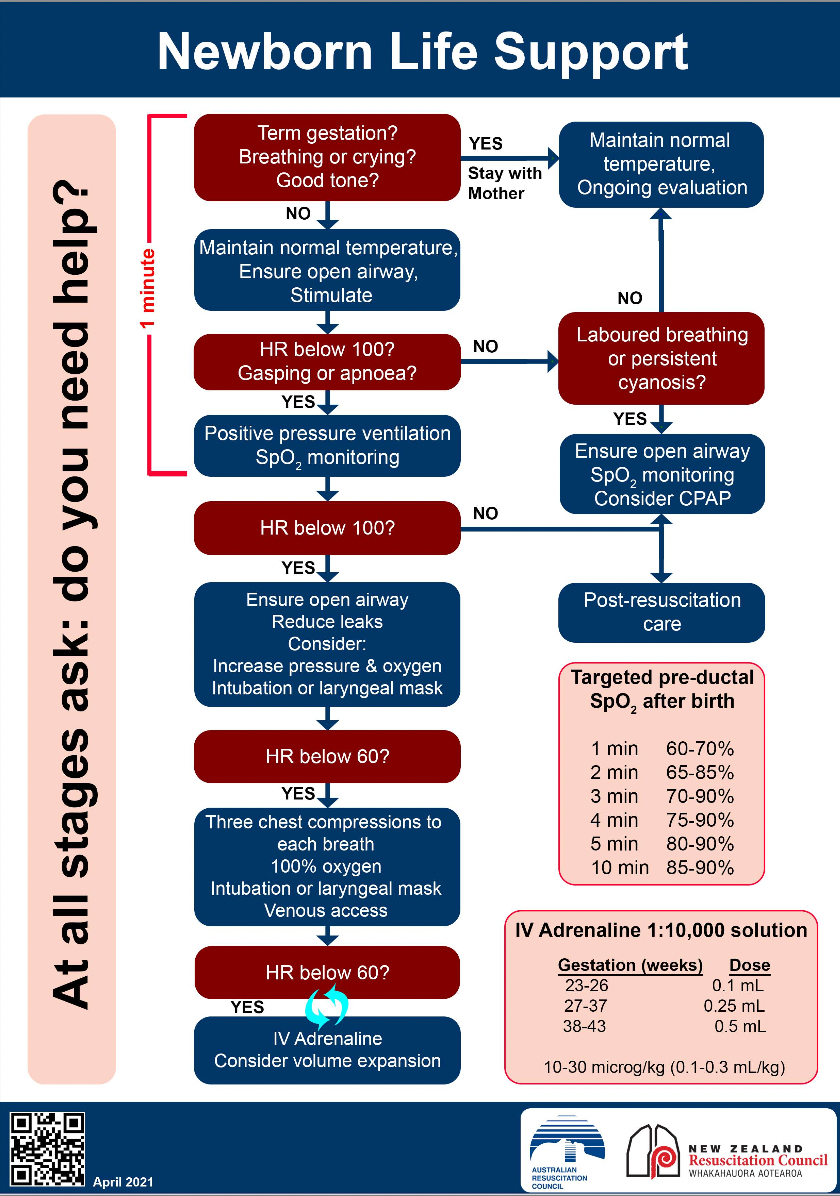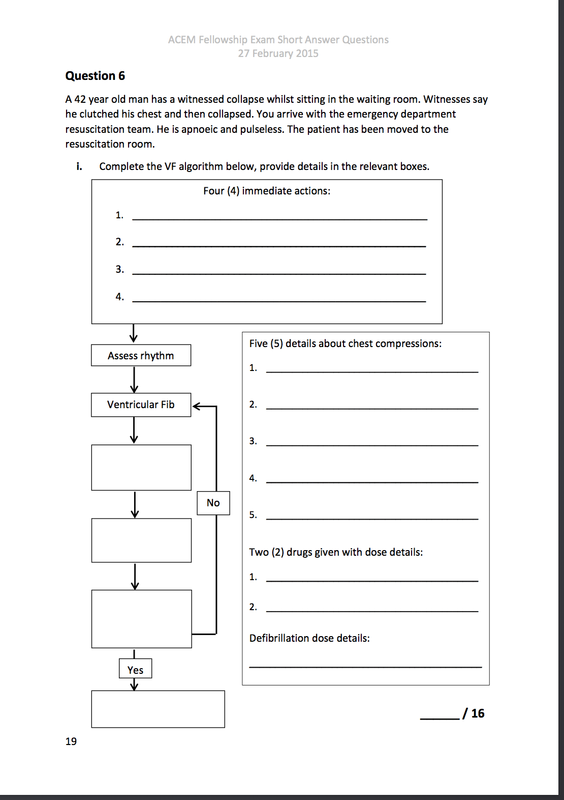MODULE 8: resuscitation
Well, here we are - a heavy theory week. There is a LOT of reading!
The ILCOR guidelines are essential knowledge for exam candidates.
The ILCOR guidelines are essential knowledge for exam candidates.
watch.
|
|
|
What are the main ILCOR Guideline changes in 2020? Make sure you know them. Also, it's important to know the main differences between adult and paediatric resuscitation. This is mostly the rate of compressions to breaths, the dose of energy in defibrillation and the dose of medications.
READ: SEPTIC SHOCK
Watch the Video above on the 29yo with confusion and SOB for a review of the evidence for some of the sepsis guidelines.
Sepsis management is a cornerstone of good ED practice, and having something sensible to say about it is crucial to passing the exam. Three big trials: ARISE, ProCESS and PRoMISe have been released this year, re-evaluating the utility of early goal directed therapy, and it would behoove you to have something intelligent to say about them. The trials are all available via the NEJM website via the following links (unfortunately they can't be embedded for copyright reasons):
1. If you are only going to read one trial, read ARISE (conducted by ANZICS - i.e. the Australian trial)
2. ProCESS can be found here.
3. PRoMISe can be found here.
Sepsis management is a cornerstone of good ED practice, and having something sensible to say about it is crucial to passing the exam. Three big trials: ARISE, ProCESS and PRoMISe have been released this year, re-evaluating the utility of early goal directed therapy, and it would behoove you to have something intelligent to say about them. The trials are all available via the NEJM website via the following links (unfortunately they can't be embedded for copyright reasons):
1. If you are only going to read one trial, read ARISE (conducted by ANZICS - i.e. the Australian trial)
2. ProCESS can be found here.
3. PRoMISe can be found here.
The Surviving Sepsis Campaign website is a great resource.
The optimal timing of antibiotic administration is still a question not clearly answered by the literature. LITFL has a very good summary of the papers involved in examining the issue. Access it here. Alternatively, just be comfortable with the mantra that "earlier is better".
solve.
A bit of a different "solve" this week. Have a look at the question below. It's from the real exam.
You'll notice a couple of things:
With this in mind we want you to think very carefully about the new ILCOR guidelines. Rather than give you a summary, we think it's more useful from a learning perspective to make your own. Here is a link to the Executive Summary of the 2019 Guidelines
- The first is that there are more than 10 marks allocated - in fact there are 16. This means there are 16 facts you are expected to fill in on this page. (That's quite a lot!)
- The second is that this question is lifted almost directly from the 2010 ILCOR guidelines. It's a straight out test of knowledge - either you know it or you don't....
With this in mind we want you to think very carefully about the new ILCOR guidelines. Rather than give you a summary, we think it's more useful from a learning perspective to make your own. Here is a link to the Executive Summary of the 2019 Guidelines
write.
Homework this week is predictable!
Write 3 MCQs based on the new resuscitation guidelines and 3 MCQs concerning the management of septic shock.
Write 3 MCQs based on the new resuscitation guidelines and 3 MCQs concerning the management of septic shock.



